Retro design is having a major moment, and honestly, it never really left. From bold color palettes to vintage fonts straight out of an old-school diner sign, nostalgia is taking over graphic design, fashion, and branding. But what’s the magic behind this obsession with the past, and how is it still evolving?
Why We Keep Coming Back to Retro
Nostalgia is a powerful thing. It makes us feel warm, fuzzy, and oddly safe, like flipping through an old photo album or hearing a song from your childhood. Brands tap into this emotional goldmine to create a sense of trust and authenticity. Whether it’s older generations reminiscing or younger crowds digging the aesthetic, vintage vibes just hit differently.
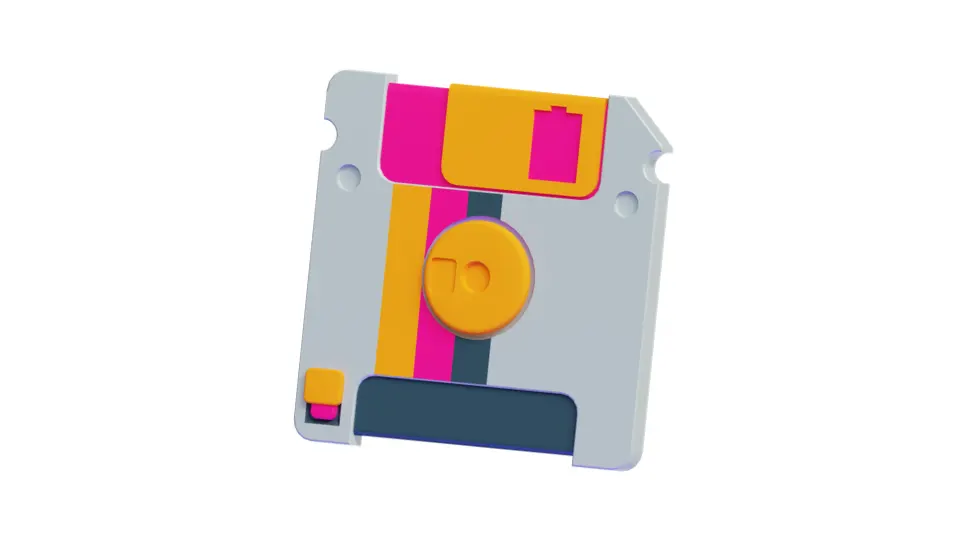
Retro Design Trends That Are Killing It
1. Loud and Proud Color Schemes
Think pastel dreaminess from the ‘50s, neon madness of the ‘80s, and earthy ‘70s vibes. High-contrast duotones and punchy color combos are everywhere, from branding to web design.
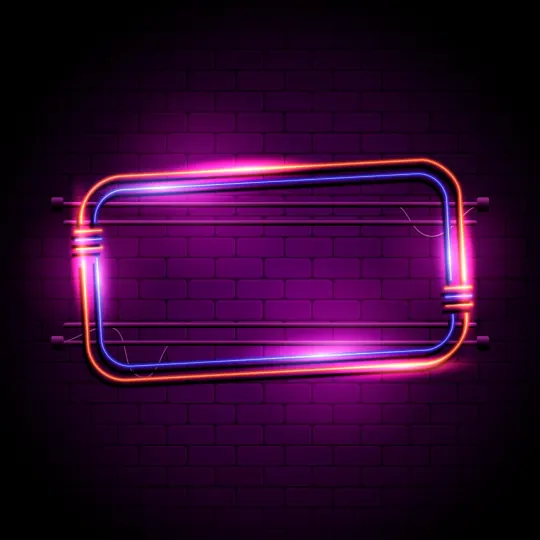
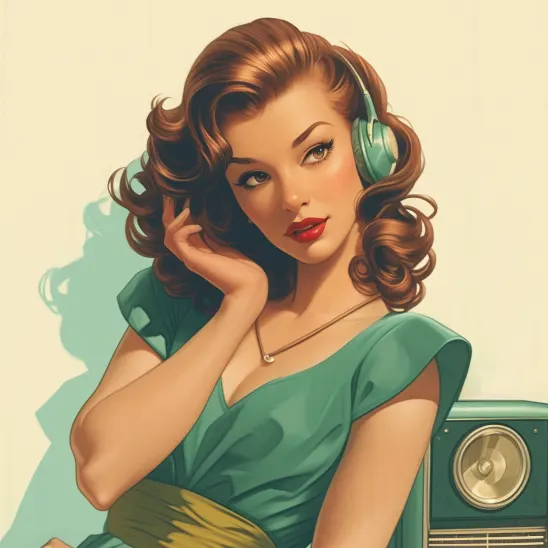
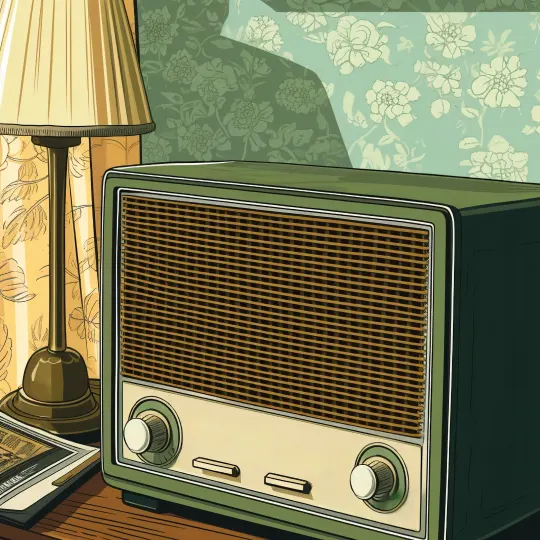
2. Old-School Typography
Bold, blocky fonts, swoopy scripts, and serif-heavy lettering are making a comeback. Whether it’s an Art Deco flourish or a funky 90s vibe, typefaces from the past are giving modern designs a serious personality boost.
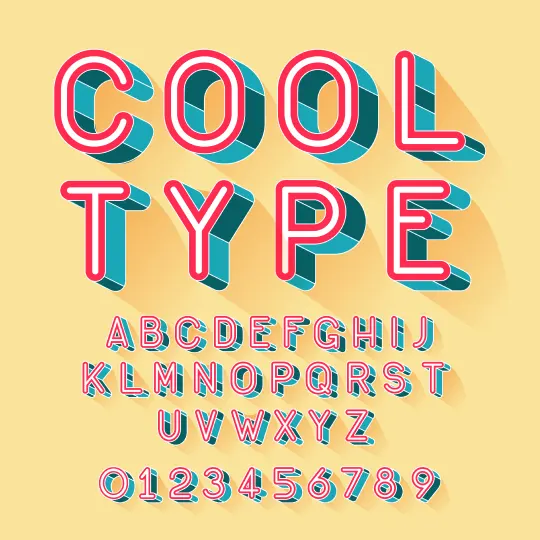
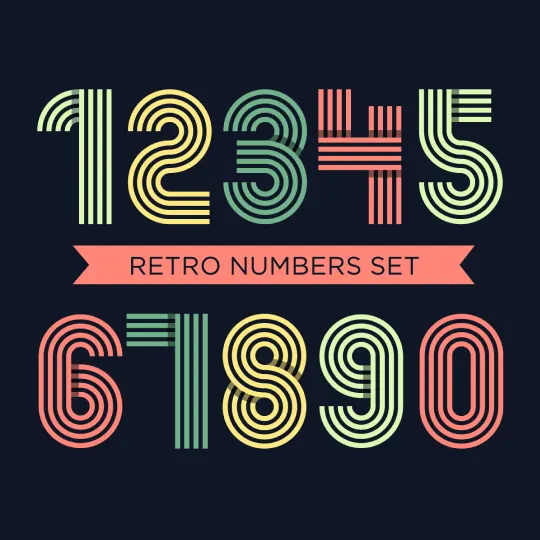
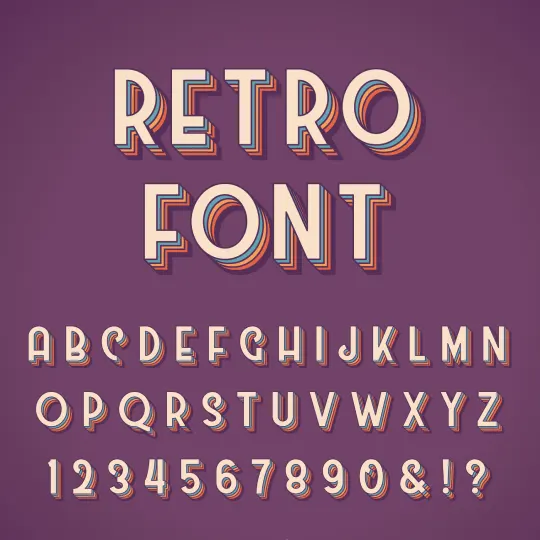
3. Perfectly Imperfect Textures
Grainy filters, halftone effects (dot-style), and distressed overlays give designs that analog, printed-on-a-newspaper feel. Even digital creations are embracing a little rough-around-the-edges charm.
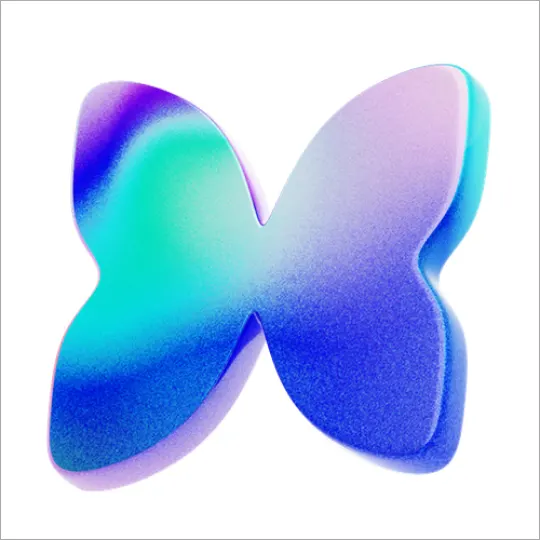
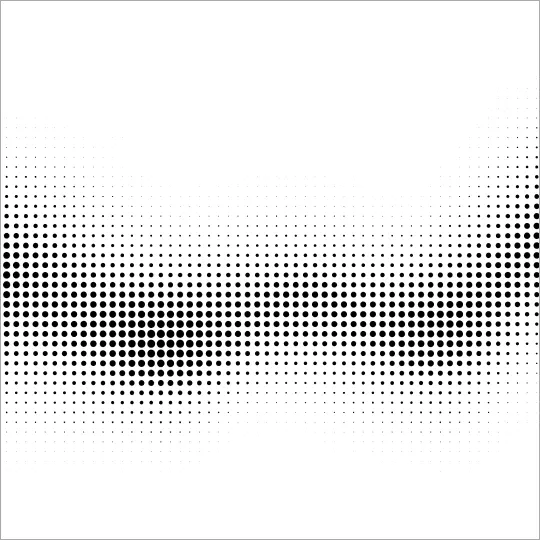
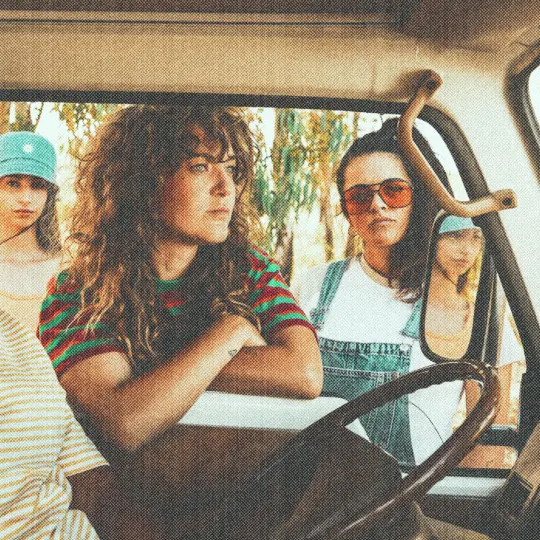
4. The Y2K & Pixel Comeback
Early 2000s cyber aesthetics, pixel art, and futuristic gradients are creeping into everything from websites to product packaging. Turns out, the early internet era had some serious style.


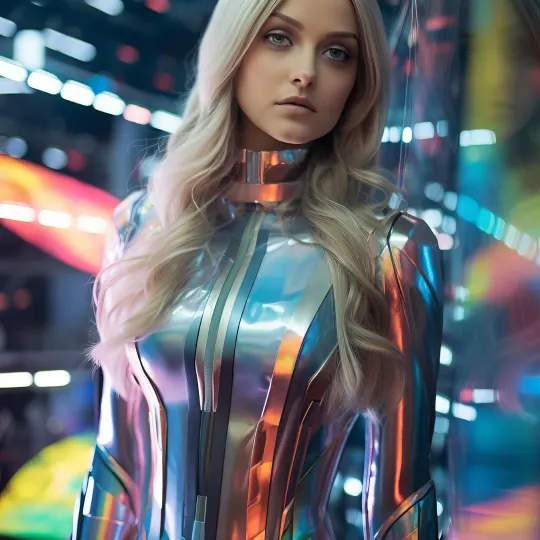
The Designers Who Defined Retro Aesthetics
Several American designers played a key role in shaping the retro aesthetics we still love today:
- Saul Bass – The mastermind behind iconic movie title sequences and logos (think AT&T and Warner Bros.), his bold, minimalistic style is still a reference for modern designers.
- Milton Glaser – The man behind the “I ♥ NY” logo and a pioneer of the psychedelic poster style that dominated the ‘60s and ‘70s.
- Paul Rand – A branding genius who designed logos for IBM, ABC, and UPS, proving that clean, timeless design never goes out of style.
- David Carson – A 90s grunge typography icon, his chaotic, rule-breaking layouts revolutionized magazine design and inspired the alternative aesthetic of the decade.
- April Greiman – One of the first designers to embrace digital tools in the ‘80s, blending retro inspirations with early computer graphics to create a futuristic yet nostalgic vibe.
How to Nail the Retro Look Without Overdoing It
- Mix old and new: Keep it functional and fresh while borrowing from the past.
- Go easy on effects: A little grain and texture? Yes. Making it look like an ancient artifact? Maybe not.
- Choose fonts wisely: Vintage charm is great, but make sure people can still read your text.
- Be inspired, not stuck in the past: Use classic elements but put your own spin on them.
Final Thoughts
Retro design isn’t just a fleeting trend—it’s a creative cheat code for making designs feel cool, familiar, and full of character. The right mix of old-school flair and modern innovation is a recipe for visual success.



